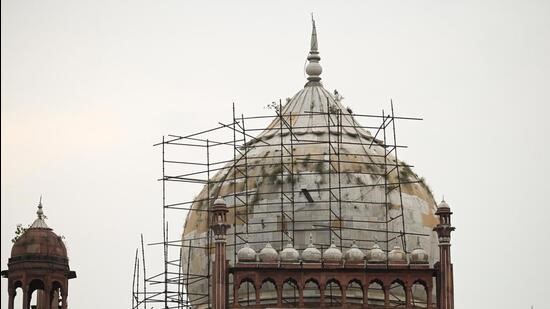Free Courses Sale ends Soon, Get It Now


Free Courses Sale ends Soon, Get It Now



Disclaimer: Copyright infringement not intended.
Context
Details
Introduction
Historical Background
Architectural Marvel
Garden and Layout
The Main Tomb Chamber
Mausoleum's Pavilion
Impact and Legacy
Conclusion
The Safdarjung Tomb is not only a remarkable architectural marvel but also a tribute to the legacy of a significant figure in Mughal history. The fusion of Mughal and Persian styles, the well-maintained gardens, and the intricate detailing make it a must-visit destination for those interested in India's rich cultural heritage and architectural splendor.
|
PRACTICE QUESTION Q. Which of the following statements about the Safdarjung Tomb is/are correct? 1. Safdarjung Tomb was constructed in the 17th century during the reign of Emperor Shah Jahan. 2. The tomb is located in New Delhi and serves as the final resting place of Safdarjung, the Prime Minister of the Mughal Empire. 3. The architectural style of the tomb is predominantly influenced by Persian and European designs. 4. The tomb is surrounded by a char bagh-style garden, representing paradise as per Islamic beliefs. A) Only Statement 1 and Statement 2 are correct. B) Only Statement 2 and Statement 3 are correct. C) Only Statement 2 and Statement 4 are correct. D) Only Statement 3 and Statement 4 are correct. Answer: C |
© 2024 iasgyan. All right reserved